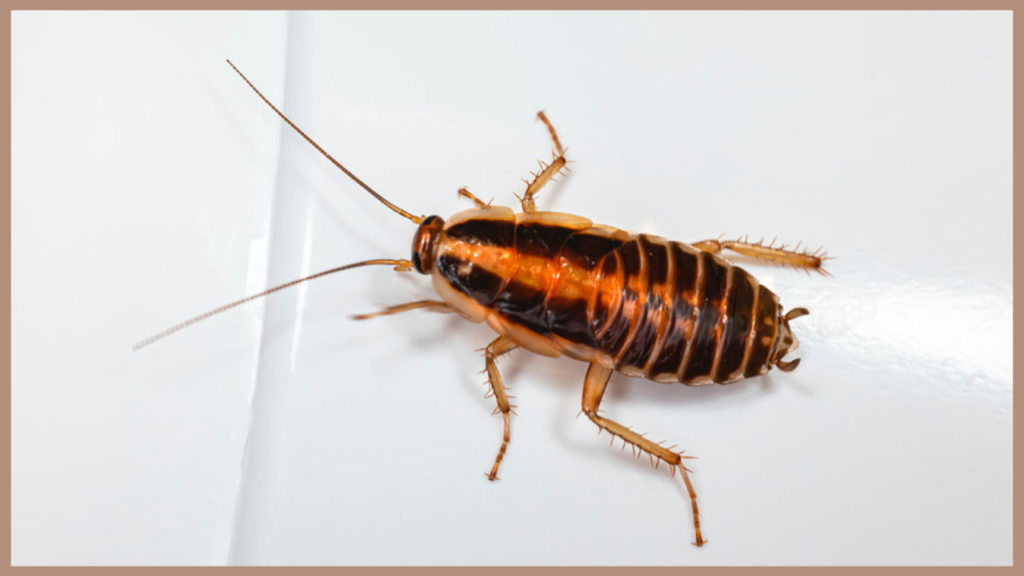Oftentimes, cockroaches are an annoyance, especially during awkward moments. However, a recent study shows that through their micro-biomes, these insects—and maybe other social species—are facilitating the spread of antimicrobial resistance (AMR).
Even though they are unable to mimic the complexity of the human or animal microbiomes, cockroaches offer a useful, pertinent, and efficient system for researching the dynamics of AMR transmission, especially in highly populated urban settings.
When bacteria, viruses, fungi, and protozoa stop responding to antimicrobial drugs used to treat or prevent infections, antimicrobial resistance (AMR) occurs. This occurrence presents a serious worldwide
risk to health. While antimicrobial resistance (AMR) is a naturally occurring phenomenon resulting from genetic changes in microorganisms over time, misuse and overuse of antibiotics promotes AMR in humans, animals, and plants.
Bacteria that may contain genes for antibiotic resistance are another possible partner in the microbiome of other organisms. Studies on live animals have not yet looked into this possibility, though.
cockroaches were chosen for study at the Technical University of Denmark because of their various micro-biomes, according to Amalie Bogh and her colleagues. These insects are members of a number of closely related and frequently interacting densely populated groups, including agricultural animals and urban humans.
According to the investigators, “While cockroaches cannot replicate the complexities of human or mammalian micro-biomes, they provide a practical, relevant, and effective system for studying the transmission dynamics of AMR, especially in densely populated urban environments.”
In order to carry out their investigation, scientists fed tetracycline, an antibiotic used to treat a variety of bacterial diseases, to Pycnoscelus surinamensis cockroaches, a highly adaptive species that lives in close quarters.
They next saw a rise in the number of tetracycline-resistant genes in the bacteria living in the treated cockroaches’ guts.
They then permitted interactions between cockroach populations treated with tetracycline and populations that were not. Additionally, the untreated cockroaches showed increased resistance to
The degree and frequency of interactions between treated and untreated cockroaches rely on the resistance to tetracycline, just like the bacteria in their soil environments.
According to research that was published in mSystems, the microorganisms that live within and around cockroaches may contribute to the transfer of genes that confer resistance to antibiotics throughout populations and maybe other species.
The transmission of AMR in hospital environments is directly facilitated by cockroaches and other arthropods. Nearly 20% of cockroaches, ants, bees, and spiders from a hospital in Northern Pakistan harbored antibiotic-resistant bacteria, particularly against carbapenem medicines, according to a different study that was published in Nature Microbiology in 2021. The investigators
indicated that the spread of resistant bacteria among patients and within hospital surroundings may be facilitated by these organisms. For the purpose of public health, they suggested eliminating insects from healthcare environments.
In conclusion, even though they are considered bothersome, cockroaches are useful models for comprehending the dynamics of antibiotic resistance, which could help solve this worldwide health issue.
